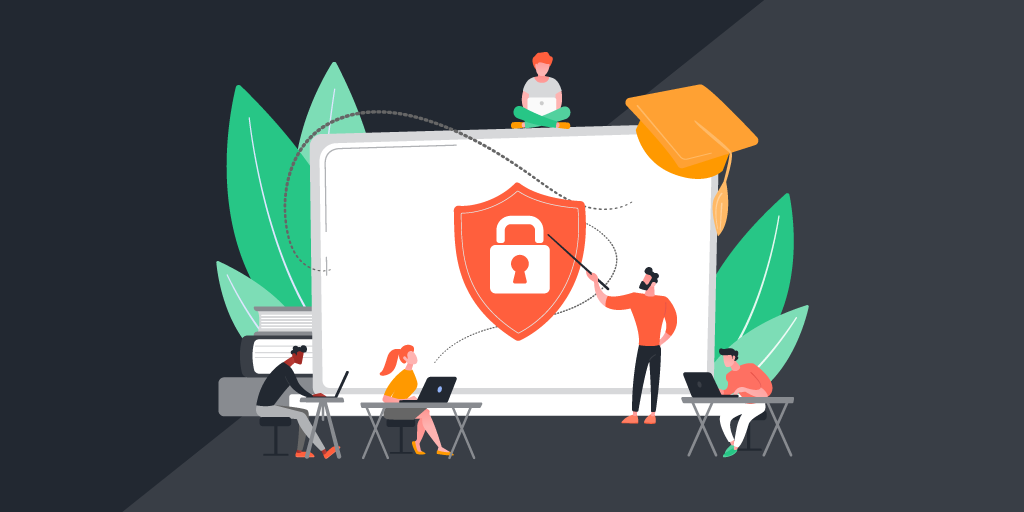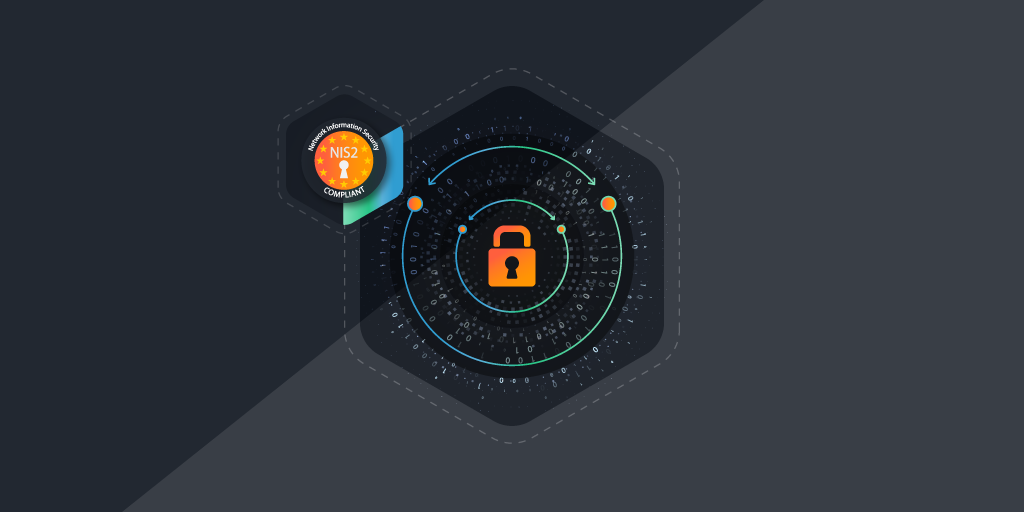
You have the best cybersecurity tools and processes in place that your budget allows. You are constantly monitoring and educating yourself on new security threats. You even have a robust training program in place for your team to avoid falling victim to the worldwide cybersecurity skills shortage.
But if your workforce isn’t following the basics of good cyber hygiene, all your hard work is wasted. So how can you educate (and influence) them to follow cybersecurity best practices?
Why Is Cybersecurity Education for the Workforce Important?
When it comes to cybersecurity, not everyone is on the same level. Expecting your workforce to be educated on cybersecurity best practices is naïve and risky. 88% of data breaches are still caused by human error.
Let’s assume your workforce comprises three groups of people: new starters straight out of school or university, new joiners from another company, and existing employees.
- Group 1 has never before been given access to company property and large servers and files. They won’t have had any training prior to joining.
- Group 2, may have had training at their previous company. However, you cannot be certain of its quality. It may not be up to your standards or even relevant to your systems.
- For group 3, you may have already provided cybersecurity training and have assessed their learning as part of the process. If not, you cannot be certain of their knowledge either. As a result, it’s probably safe to assume that awareness of cybersecurity best practices is low.
Having a top-notch cybersecurity team is of no use if the rest of your staff doesn’t know about password security. You need to make sure everyone is clear on the basics.
Benefits of Cybersecurity Education for the Workforce
As we mentioned before, data breaches are still overwhelmingly caused by human error. All it takes is one distracted employee to click a suspicious link and you’re facing months of recovery and millions of dollars of lost revenue.
Raising awareness about cybersecurity best practices creates a culture of security where everyone feels responsible for keeping your network safe from breaches. Properly training your staff increases the awareness of these cybersecurity risks, actively preventing data breaches. It will enable everyone to identify and report suspicious activity, which will also make the life of your cybersecurity team easier. It makes cybersecurity a company-wide concern, not just an IT matter.
Cybersecurity Best Practices for Employees
Training your entire staff in personal cybersecurity best practices may look like an impossible task. However, the reality is that many cybersecurity best practices for employees are fairly simple. Everyone can learn to take the basic precautions:
- Use strong, regularly changed passwords and multi-factor authentication
- Regularly update software
- Regularly back up vital data
- Only use secure Wi-Fi networks
- Learn to recognize and avoid phishing attacks Learn to recognize and avoid phishing attacks
- Be wary of unknown emails, links, and attachments
- Lock your computer when leaving your desk
The main point of training is to educate your employees to recognize suspicious activity and to understand why these practices are important. Cater your training to your target audience. Not everyone is an IT expert. There will also be departments that rarely use computer systems in their roles. While they still need to know cybersecurity best practices, they will require a less extensive level of training.
Cybersecurity Risk Management Strategy
Of course, before you can educate your staff about your cybersecurity policy and risk management strategy, you need to have one first. Your cybersecurity risk management strategy is a high-level, long-term plan that helps you proactively prevent cyber-attacks as well as inform your employees on how to handle an incident should one occur, minimizing its impact.
In order to develop an effective strategy you first need to understand your cyber threat landscape. As the threat landscape is always changing, be prepared to update your strategy regularly. Since the 2020 lockdowns, remote work has become commonplace in many organizations. However, while remote work cybersecurity best practices look different, a lot of organizations still haven’t updated their cybersecurity management and policy accordingly.
By comparing your cybersecurity policies with new industry developments, you can start planning where you need to improve and how you will do it.
Cybersecurity Training for New Employees
Getting all of your staff trained can seem like an impossible task. Setting up a cybersecurity training program for your current employees there will take some time and effort as well as planning and coordinating. Once you have them trained on the basics though, you can plan ahead for any follow-up and refresher courses.
The best way to avoid the herculean task of training an entire workforce at once is to make cybersecurity training part of your training for new employees. Get every new employee informed on your cybersecurity strategy by making it part of their onboarding. Cybersecurity is a company-wide concern, so why not present your cybersecurity best practices pdf as just another part of working here?
Quality and Ongoing Cybersecurity Awareness for the Entire Company
It sounds simple, but training is an easy step to get wrong. It’s not enough just to put together a cybersecurity best practices guide and a slideshow and say “That’s your cybersecurity training sorted”. You need to give your staff extensive insight into how their actions can impact the organization’s security.
Cybersecurity training is also not a one-and-done deal. Regular follow-up training will keep your employees sharp and up to date on the latest security policies. Your employees should also be tested (either formally or informally) to see how much they’ve actually retained from the training. We also recommend having an internal communication channel where employees can ask questions about what they’ve learned.
This might sound like a lot to cover but the good news is there are plenty of tools available to help you, such as usecure in the UK and knowbe4 in the US.
A Culture of Cybersecurity Best Practices
Remember that one size doesn’t fit all. Every company is different and teams operate differently too. Make sure that the training and cybersecurity practices you choose are tailored to your company’s needs. The more your strategy fits your company, the better it will fit in with your culture.
Most importantly, remember to lead by example. If you are following best practices, your employees are more likely to do the same. The same goes for the board and leadership teams. Ensure that every senior member of staff has completed their cybersecurity training and encourage them to share some of their learnings with their teams, keeping the culture of security alive.


